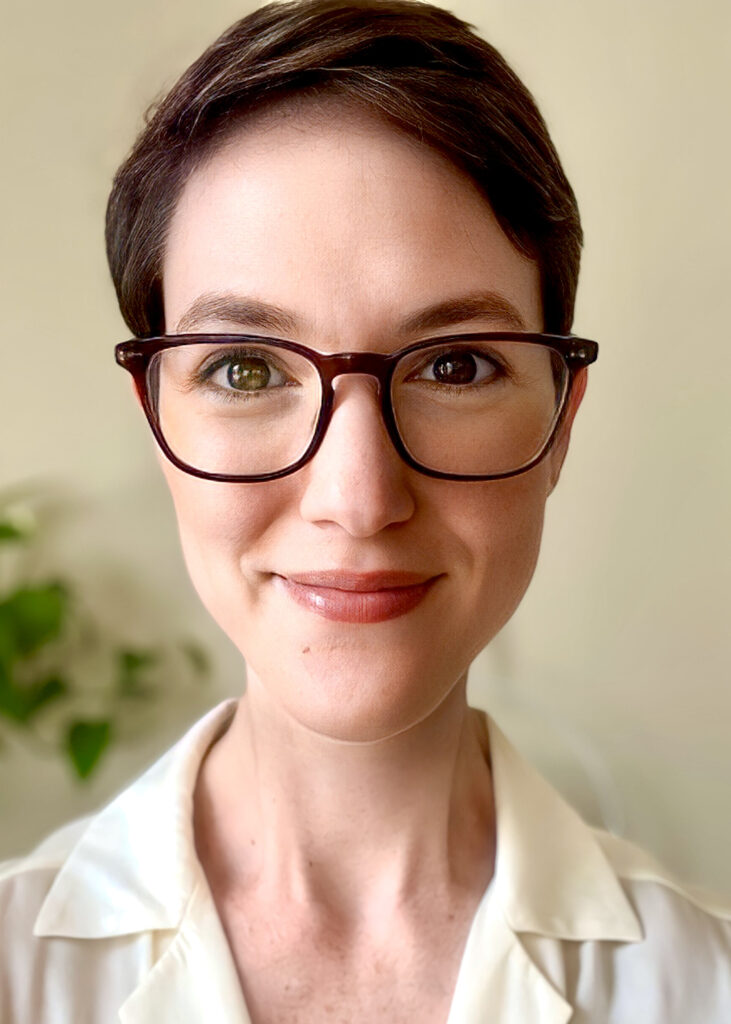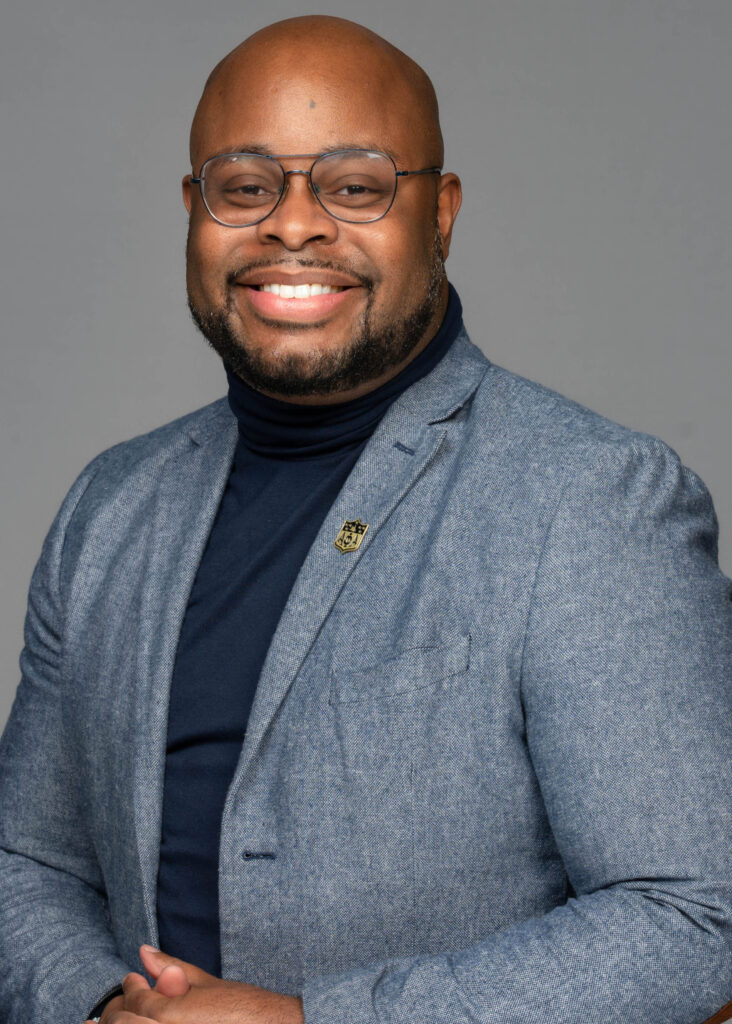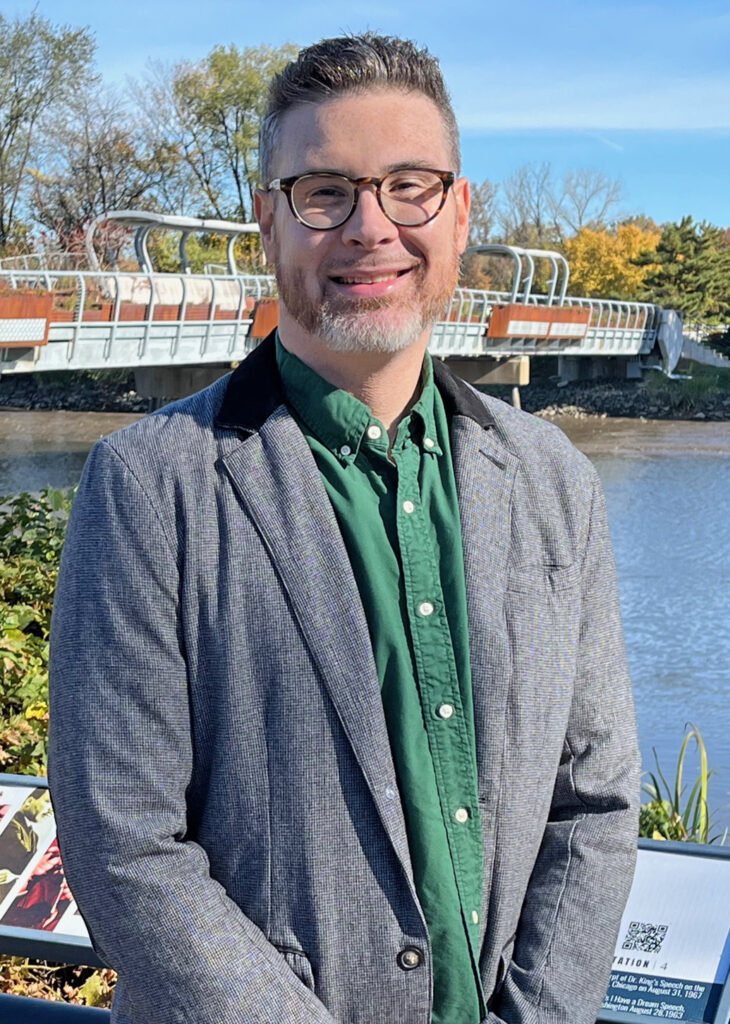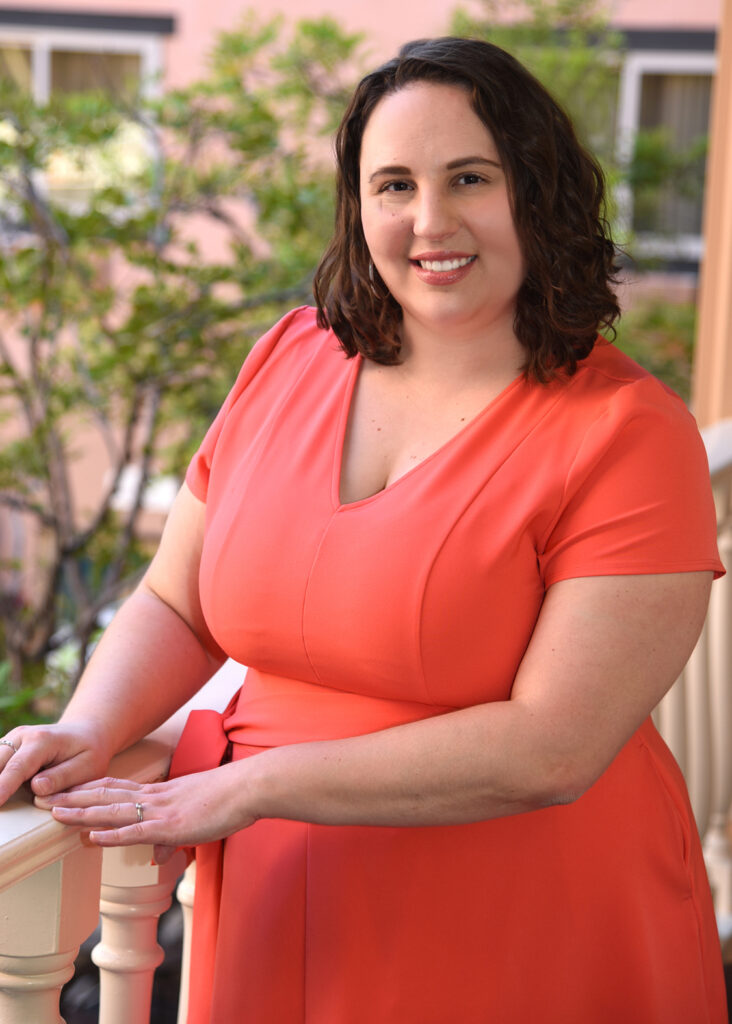Meet the new faculty in the Peter Sammartino School of Education
Let’s find out more about the new faculty members in the Peter Sammartino School of Education!
 FDU: What can you say about individual education programs (IEPs) and the way they are used today?
FDU: What can you say about individual education programs (IEPs) and the way they are used today?
Dana Baker: IEPs are used to ensure students with disabilities receive equitable education, including modifications, accommodations, and services. They provide the means of individualizing and personalizing learning goals. IEPs exist because the U.S. school system was designed around a false notion of an average learner, so students who didn’t fit the “norm” were historically excluded until activists championed legislation to ensure inclusion for all. Research in the learning sciences has proven that there is no such thing as an average learner or typical brain. Instead, we know that neurodiversity — the diversity of body and mind — is part of natural human variation. Within the QUEST dual certification program, I’m excited to explore what an understanding of neurodiversity could mean for future general and special educators as they prepare to welcome neurocognitively diverse groups of students into their classrooms.
FDU: What’s your favorite way to decompress after a long day of work?
DB: Great question! A long walk or run always clears my head and helps me consolidate learning from the day.
FDU: What brought you to FDU?
DB: My work with in-service teachers over the past 15 years and my doctoral research has centered on the breaking down of educational barriers to supporting all learners. I came to FDU because their intentional dual certification program in general and special education is one means of unbuilding the false binary of typical and atypical learners towards equitable education for all. I wanted to join in that important work!
 FDU: What brought you to FDU?
FDU: What brought you to FDU?
Frederick Engram Jr.: I made the decision to leave Michigan State University and join the higher education faculty at FDU because of the remote and tenure-track opportunity. In addition, having the opportunity to bring critical race theory expertise to the University and the School of Education was also attractive to me. I am looking forward to the good work that my new colleagues and I will do together.
FDU: How might diversity, equity and inclusion efforts impact higher education and the criminal justice system?
FEJ: To make worthwhile change within both systems of higher education and criminal justice, we must each take personal inventory and assess our own relationships with white supremacy. Often, higher education and the criminal justice system seem to operate within silos. The reality is that each system is a microcosm of the larger society where racism, anti-Blackness, and white supremacy operate as core tenets of everyday life. Only those who are oppressed by each of these systems care to change them and those who benefit from the systems prefer that they stay the same. True DEI work disrupts both and makes way for the most marginalized to exist freely in higher education and unencumbered by carceral systems.
FDU: What is your favorite film or television series, and why?
FEJ: This is tough because I am an avid movie goer and TV watcher. We cannot be all academic all the time! I am a huge “Jurassic Park,” Marvel, “Sister Act II,” “Home Alone” and “Home Alone: Lost in New York City” fan! I am also looking forward to seeing the film version of Broadway’s “The Color Purple.”
FDU: What brought you to FDU?
 Brian Mooney: I’m a local! I came to basketball games at the Rothman Center when I was a kid — and I even played in one there during high school when my team made it to the Bergen County jamboree tournament. It’s really special to feel like I’m “home” and serving the communities where I grew up. I talk a lot about preparing teachers with community responsive pedagogies — and for me, being able to work so close to where I grew up feels like an opportunity to serve Bergen County and beyond by preparing the next generation of educators in our schools.
Brian Mooney: I’m a local! I came to basketball games at the Rothman Center when I was a kid — and I even played in one there during high school when my team made it to the Bergen County jamboree tournament. It’s really special to feel like I’m “home” and serving the communities where I grew up. I talk a lot about preparing teachers with community responsive pedagogies — and for me, being able to work so close to where I grew up feels like an opportunity to serve Bergen County and beyond by preparing the next generation of educators in our schools.
I’m also really excited about the direction the School of Education is moving in at FDU. We’re doing some incredible work in the areas of culturally responsive-sustaining education; socially just approaches to teaching, anti-bias and antiracist teaching; as well as teacher diversity. I look around the state, and even nationally, at what teacher education programs offer, and we’re doing some of the most progressive, forward-thinking work around to prepare teachers for meaningful careers in our increasingly diverse and pluralistic democracy. Our students are so fortunate to learn from nationally and internationally recognized scholars who are shaping the field of education and modeling for our students what’s possible when we dream about — and work towards — schools that are beacons of hope, justice, and joy.
FDU: What inspired you to pair Kendrick Lamar’s album “To Pimp a Butterfly” with Toni Morrison’s novel The Bluest Eye as a way to explore the intersection of literature and pop culture?
BM: I was in the middle of teaching a unit on Morrison’s novel when Kendrick released “To Pimp a Butterfly” and I immediately saw and heard so many connections. There were just such strikingly similar themes connected to Black joy and the Black is Beautiful cultural movement, but also difficult themes like internalized racism, police brutality, white beauty standards, and mental health. This was in 2015, less than year after the murder of Michael Brown, as conversations about Black Lives Matter were really starting to enter a mainstream national discourse. Morrison wrote The Bluest Eye in 1970 and here we are 45 years later still talking about the same things. I believed the study of “To Pimp a Butterfly” would deepen my students’ understanding of Morrison’s novel from a contemporary vantage point, through the medium of hip hop. As a teacher of literacy in the 21st-century, I think often about our responsibility to engage youth in developing media literacies so they can become more critical consumers of the media that saturates their lives, including popular culture texts. Hip hop is the largest youth cultural movement of the past 50 years, and offers us an extraordinarily relevant lens with which to “read the world.”
FDU: If you could pick any place in the world to spend a year on sabbatical, where would that be, and why?
BM: I would probably say Dublin, Ireland. My whole family is Irish. My father and brothers live there. There’s such a rich literary and artistic history in Ireland. I visited this summer with my family and I felt so connected to the culture, history, language, and land. I’ve really been embracing my Irish culture and identity lately. I could definitely see myself getting some great writing and research done at Trinity College or somewhere along the Wild Atlantic Way on Ireland’s West Coast, in County Clare, where my family is from.
 FDU: What brought you to FDU?
FDU: What brought you to FDU?
Ashley Robinson: I love being part of the Ed.D. program in higher education and knew that I would be able to make a big impact through it. Our program is online, making it accessible for working professionals to research real-life problems of practice in higher education. I consider myself a scholar-practitioner and that’s the emphasis of this program. I get to support and influence my students to become changemakers in their organizations — often on a weekly basis when we learn new concepts or approaches within coursework.
FDU: What institutional and organizational changes must be considered in building equity and social justice in higher education?
AR: The first thing that I would argue for, at both an institutional level and within university departments and offices, is to engage fully with the specific social and historical context of that organization. Diversity and inclusion efforts very often fall into the trap of being surface-level and sometimes rushed because an organization recognizes that there is a specific area of need or a specific wrong that should be righted. But the reality is that inequity and exclusion are really baked into the structures and within the ways that colleges and universities work — they are not surface-level problems, they are deep problems that are specific to each unique organization in important ways.
I believe change for equity and social justice in higher education organizations requires careful and intentional self-study — not just looking for best practices from other organizations. I think that it’s tempting to say, “here’s a list of the necessary programs and services and policies for equity and inclusion.” And there are plenty of examples of that. But really, I think of building equity and social justice as a process of healing institutional wounds where inequity and injustice have existed and been allowed to exist. That’s going to be different in each organization, so carefully engaging with the reality of that organization in a way that centers the experiences of those who have been excluded and harmed is the most important way that any institution can change. That’s deep change.
FDU: Can you share something unique about you as a person? It’s okay to brag!
AR: I wrote most of my Ph.D. dissertation while I was pregnant and then at home taking care of my baby for six months (yes, I did take a leave in the middle!). I learned that you can get a surprising amount of writing done from your phone and while swaying back and forth wearing a baby in a sling.